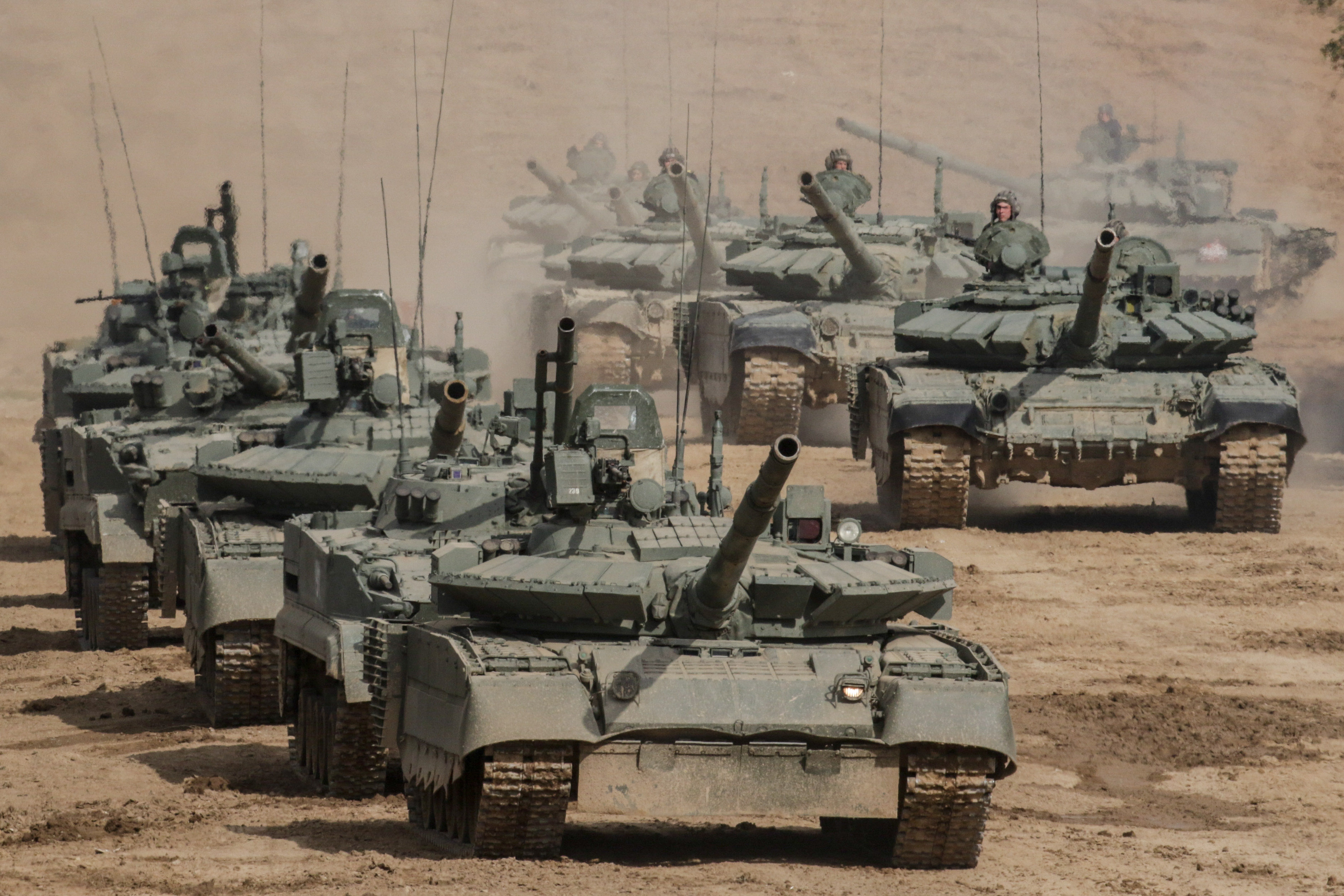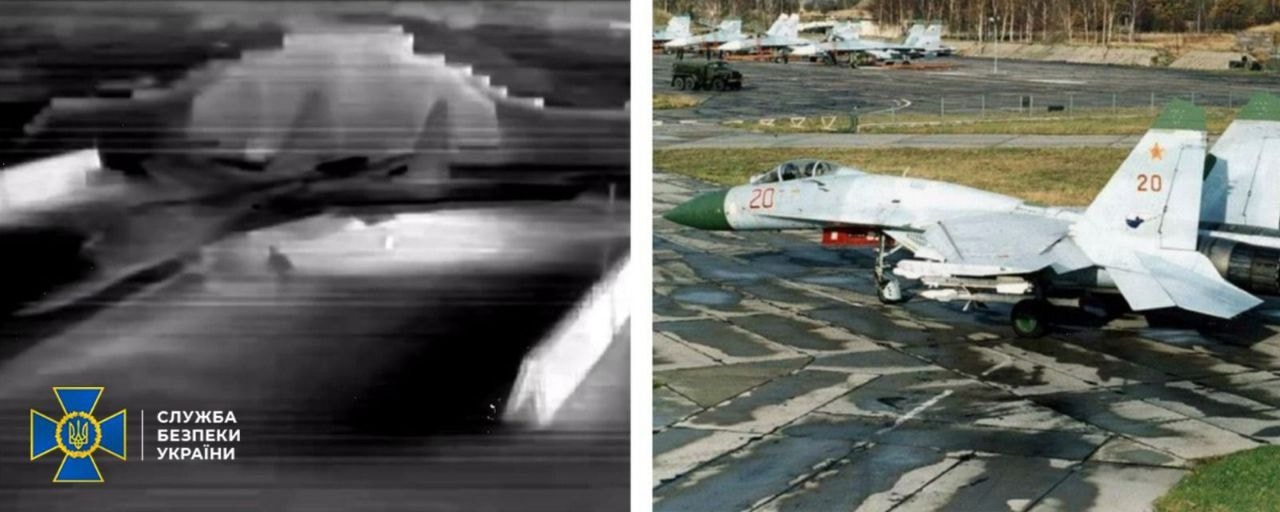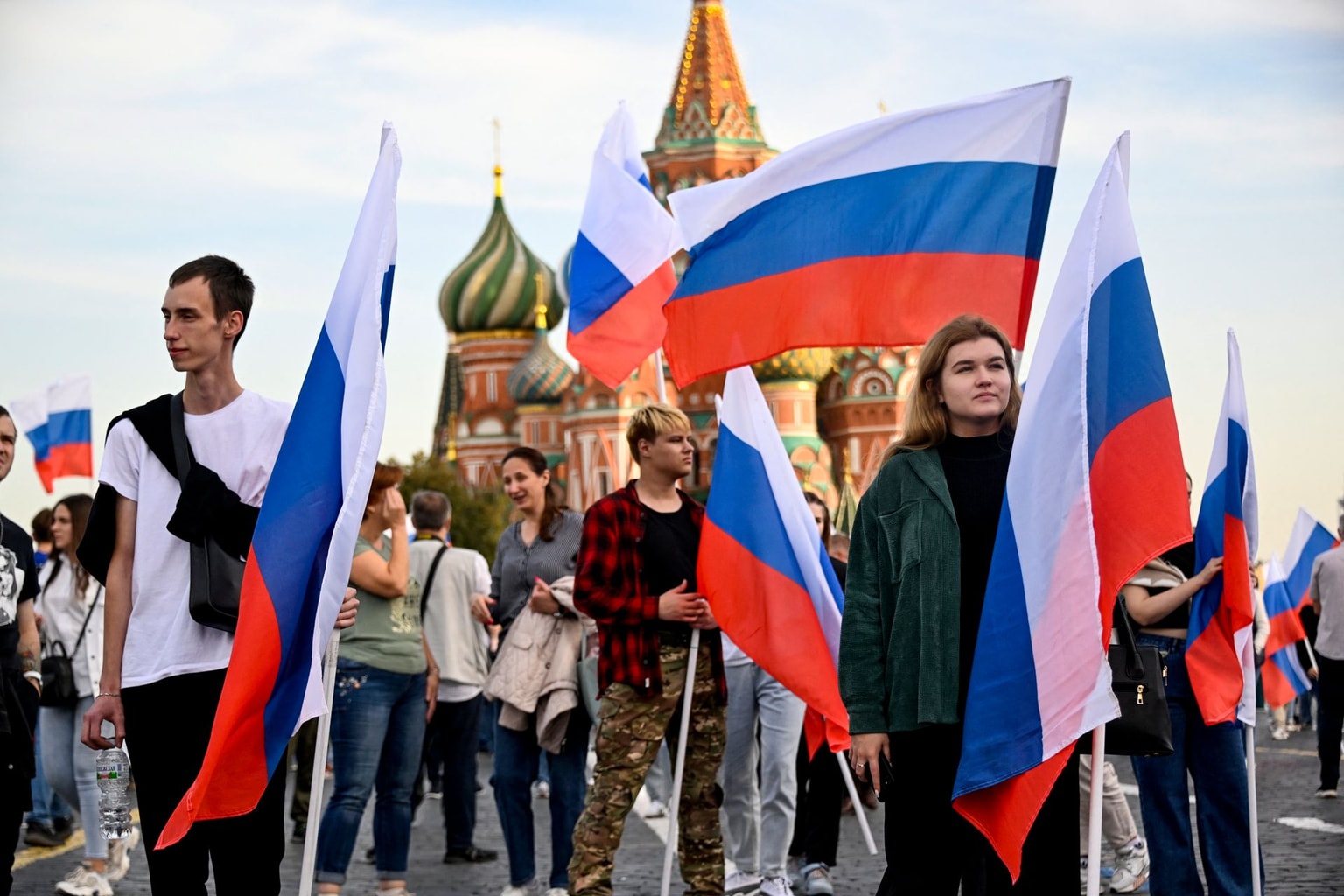Opinion: How many tanks does Russia have left?

How many tanks does Russia really have left? This question has come up quite frequently in discussions, and it’s simply impossible to find a precise answer – Russia’s Defense Minister Sergei Shoigu and General Staff chief Valery Gerasimov probably don’t even know. But this doesn’t deter us from trying to count Russia’s tanks anyway.
Estimates on the number of tanks Russia has in storage vary greatly. For example, the International Institute for Strategic Studies (IISS) estimated in 2022 that Russia had as many as 17,500 tanks.
This number reportedly included 200 T-90s, 3,000 T-80s, 7,000 T-72s, 2,000 T-64s, 2,500 T-62s, and 2,800 T-55s, the numbers of which roughly correspond to the years that they came out. IISS’ calculations are very inaccurate, however, as they’re based on estimates of the number of tanks produced during the Soviet Union.
Estimates from IISS’ 2023 “The Military Balance” yearbook are much more modest: approximately 2,000 tanks in service and up to 5,000 in storage.
However, the report is only taking into account models including and newer than the T-62, first introduced in the early 1960s. Russia not only has hundreds of T-54s and -55s in storage, but it’s already using them at the front in Ukraine! Interestingly, “The Military Balance” indicated in 2022 that Russia had as many as 13,700 tanks in storage, but it wasn’t counting the T-54s and -55s then either.
A report published on Aug. 31, 2023, by Institut Action Résilience used OSINT to determine how many tanks Russia has in storage.
Using satellite imagery taken between April and September 2021 and information derived from social networks, Institut Action Résilience made calculations for 10 of Russia’s 22 main tank depots, which are estimated to house around 95% of the country’s tanks.
Institut Action Résilience calculated that Russia has 5,538 tanks stored in open air (and thus visible via satellite), 4,347 of which the institute could identify by type. According to the report, these storage facilities also have storage depots that can house an estimated 1,960 vehicles.
Taking into account the fact that some of these depots are not completely taken up by tanks, Russia has an estimated maximum of 7,000 tanks in storage – although around 6,000 is more likely.
Institut Action Résilience identified 750 T-80s, 1,945 T-72s, 1,239 T-62s, and 413 T-54 and -55s. Three-quarters of the tanks identified were produced before 1980.
The situation with the T-64s is less clear, as Institut Action Résilience said it omitted them from the tally because a lack of necessary spare parts renders them unsuitable for service. It also omitted the T-90s, although there are likely some stored at the tank depots – maybe they were counted together with the T-72s?
The breakdown of where the various tank types are located by military district is also interesting. In the Western Military District, which borders Ukraine, there are more modern T-80U/UE-1s, and T-80BVs, T-80UDs, in addition to T-72s.
In the Central District – older T-72s and remnants of the T-64s. In the Eastern Military District – some T-80s, the bulk of Russia’s T-62s, and T-54 and -55s.
We should also pay attention to Russia’s tank repair capabilities. There are currently 10 sizeable military equipment repair plants across the country, three of which are specifically for tank repair.
Let’s also not forget the Omsktransmash plant in southwestern Russia, which used to manufacture T-80s and now repairs and modernizes them.
According to Institut Action Résilience’s estimates, Russia’s tank repair plants are working a lot slower than Russian propaganda suggests.
While Russian publications have claimed that the 103rd Armored Tank Repair Plant in Russia’s Transbaikal Oblast repairs an average of 22-23 T-62s per month, ARI said the plant can only restore an average of eight per month. The Russian military received 40 T-62s at the start of March 2023 after starting repairs in October 2022.

The 61st Armored Repair Plant in Saint Petersburg repairs 30-60 tanks per year. The 163rd Armored Repair Plant in Krasnodar Krai, implementing previously concluded contracts, repaired 24 T-72 tanks and 100 BMP-2 tanks in 2021. The situation at Omsktransmash is highlighted by satellite imagery: In November 2022, 100 tanks were awaiting repair; In May 2023, the queue almost doubled.
While the restoration time for one tank stored at a depot depends on how well it was preserved, tanks in poor condition can take three to four months each and could require cannibalizing other machines for parts.
While between 2011 and 2021 the Russian tank company Uralvagonzavod modernized up to 300 tanks at its peak, this number dropped to 120 per year after the full-scale invasion, then to virtually zero when it shifted its focus to producing T-90Ms, an upgraded version of the T-90 tank.
Meanwhile, Institut Action Résilience estimates that Russia can produce around 390 tanks per year – a number that includes those modernized or restored at tank depots. This contradicts Russian sources that claim the country produced 700-800 tanks in 2022 and 1,500 in 2023. The quality of production is also falling due to sanctions.
Data from the Dutch OSINT defense website Oryx indicates that Russia has lost 2,619 tanks since the start of the full-scale invasion – 1,725 destroyed, 145 damaged, 205 abandoned, and 544 lost.
The number is likely much higher.
According to Institut Action Résilience, Russia will only be able to replenish its tank arsenal if events at the front in Ukraine stagnate. Maintaining the status quo at the front lines or a successful Ukrainian counteroffensive would only lead to the further shredding of Russia's tanks.
Editor’s Note: The opinions expressed in the op-ed section are those of the authors and do not purport to reflect the views of the Kyiv Independent.













